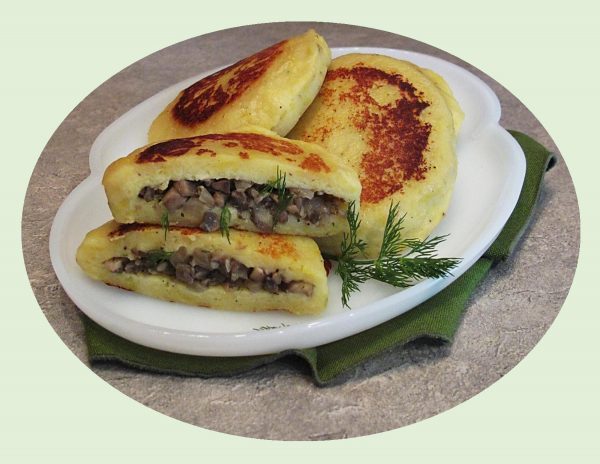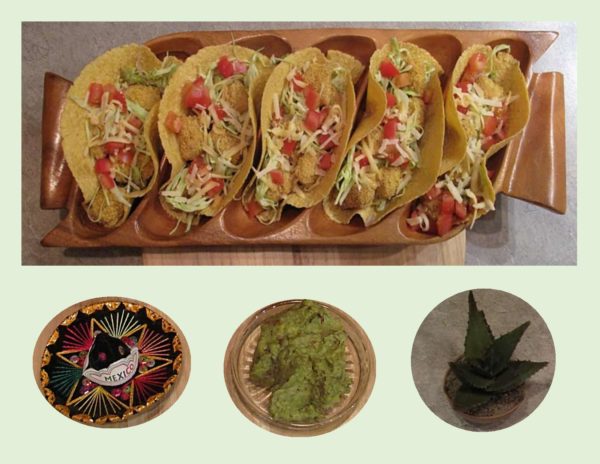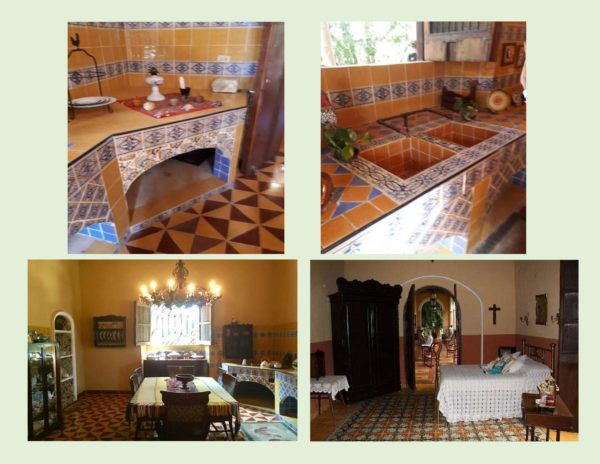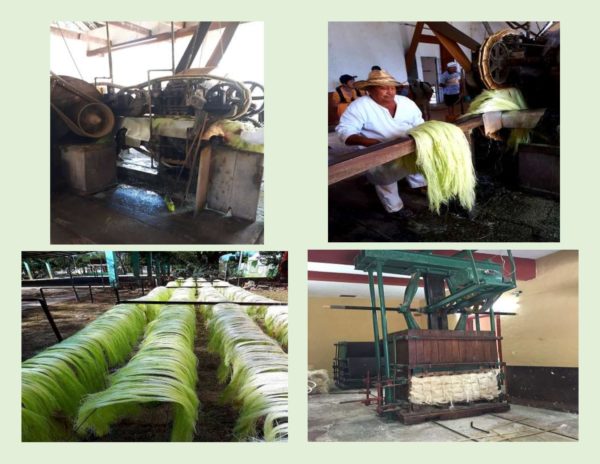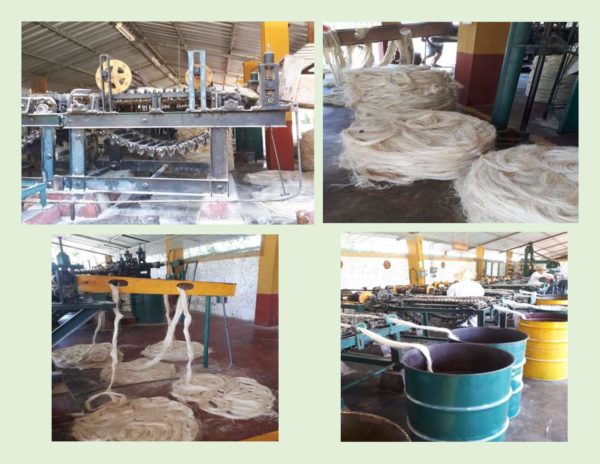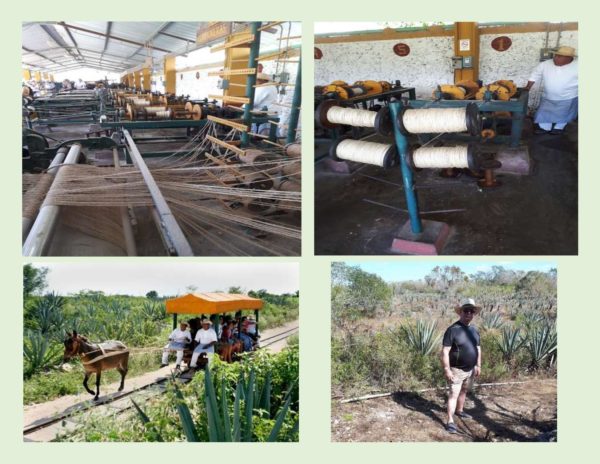
Is there anything potatoes can not do! Many cultures make some form of potato cakes with any kind of filling you can imagine. Sauteed cabbage, ground meat, egg and onions, you name it, the possibilities are endless. Mushrooms are by far, one of my most favorite fillings.
Did you know that most of the table mushrooms we eat are all the same variety. The difference is just age.
The white button mushrooms, are simply the youngest variety. They have been cultivated, too, for that white color and soft texture. In the wild these mushrooms are usually browner.
The Portobello is the most mature mushroom; it’s really just an overgrown white mushroom! They are left to grow for longer, until they have spread out into that delicious meaty cap.
The Cremini mushroom is just in between these two varieties. It’s a moderately mature version of the white button mushroom. Mature state means that they have a browner color, firmer texture and better flavor than the younger white mushrooms. Who knew!!
These stuffed potato cakes are such a nice addition to a winter meal.
Print Recipe
Mushroom Stuffed Potato Cakes
Votes: 1
Rating: 5
You:
Rate this recipe!
|
|
Votes: 1
Rating: 5
You:
Rate this recipe!
|
Instructions
Cook potatoes in salted, boiling water until soft. Drain & mash.
In a saucepan, saute mushrooms & garlic in olive oil. Season with salt & pepper & add chopped parsley.
Place mashed potatoes in a bowl; add egg, butter, grated Parmigiana cheese, a pinch of salt, pepper & nutmeg. Combine well. Divide mixture into 8 equal patties. Roll into balls & then flatten into patties. In the center of 4 of the patties place 1/4 of the mushroom mixture. Top mushrooms with a cube of mozzarella cheese. Place one of the remaining potato patties on top of each filled one & gently press edges to seal.
Heat a griddle to 350 F. Brush with some butter & fry stuffed potato patties to a golden brown on each side. Be careful when turning as they will be quite soft.

The countryside around Merida, Mexico is home to many plantations or haciendas.They grew a cactus of the Agave family and processed the leaves to remove the fibers inside to make what is called a ‘sisal’ rope and other related cordage products. Although most haciendas laid abandoned for many years after the Mexican Revolution and the invention of synthetic fibers, today many have been restored and turned into luxury hotels, restaurants, museums and attractions.
On one of our day trips we went to Hacienda Sotuta de Peon. This is a restoration project focused on preserving the history of how a native plant was farmed for its fibers and made into rope. You can witness the whole process step by step; from plant in the ground, to raw material, to fibre and finished product.
This tour of the plantation was very interesting! The ‘grand hacienda’, or landowner’s home, was one, very long building. The rooms from kitchen through the bedrooms were all in a row connected by doors. The veranda ran the length of the house overlooking the pool and beautiful gardens. Sheer opulence in comparison to the conditions of the factory workers a short distance away. Over in the factory, the sisal leaves are lifted up from the street onto a conveyor belt where it is arranged by hand for maximum efficiency. Equipment, powered by a loud diesel engine, with overhead drive shafts and big leather belts, squeezed the leaves. Rivers of green pulp and liquid ran down to the carts below. The cleaned leaves came out the other side and workers made individual batches of the fibre and sent them down a rail to the room below where they would be hung out to dry in the sun.
In the next process, machinery separated short and long fibers, spun it into grade rope or baled it. When nylon and other synthetic materials were created it changed the economics of this industry. No longer able to compete they ultimately had to shut down. At the end of this part of the tour we were taken on a mule drawn, covered cart to see the fields of the sisal growing. What was interesting about the ride was that the mule pulled all of us around the plantation in this cart attached to the same rail system that was used over a century ago to transport the workers.
I’m including some of the highlights of Brion’s photos of that day for you to enjoy. In keeping with the Mexican theme, here is a tasty little recipe for some fish tacos as well.
Print Recipe
Fish Tacos with Guacamole
Votes: 1
Rating: 5
You:
Rate this recipe!
Ingredients
Other Filling Ingredients
Ingredients
Other Filling Ingredients
|
Votes: 1
Rating: 5
You:
Rate this recipe!
|
Instructions
Fish
Preheat oven to 375 F. Place a metal rack over a baking sheet & spray the rack with vegetable spray. Set aside.
In a shallow bowl, whisk together the cornmeal, flour, cumin, chili powder, salt & pepper. Set aside.
Cut fish fillets into fingers & brush with olive oil. Toss the fish fingers a few at a time into the flour mixture until well coated. Transfer fish to baking rack. Spray the top of fish lightly with vegetable spray. Bake for 15-20 minutes or until golden & cooked.
Guacamole
In a large bowl, coarsely mash avocados, lime juice, salt & cumin using a fork; stir in tomato, garlic, onion & cilantro.
Cover & refrigerate until ready to assemble tacos.
Coleslaw
In a bowl, combine coleslaw with ranch dressing.
Assembly
In each (heated) tortilla, place a small amount of coleslaw. Top with a couple of fish fingers, guacamole, red onion, diced tomato, grated cheese & the remainder of coleslaw. Serve any extra guacamole on the side. Of course, nothing wrong with adding a bit of salsa to the equation!
-
-

It goes without saying, eggplant is beloved in many cuisines. It has been considered the ‘queen of the garden’ with it’s almost purple-black, glossy skin and cap-like crown.
Eggplants are bitter when raw but develop a savory and complex flavor when cooked. The texture of the flesh is meaty and easily absorbs sauces and cooking liquids.
Native to the Indian subcontinent and the Himalayan area, they have been cultivated in Southeast Asia since prehistoric times. Cultivars in the 18th century were white to pale yellow in color and resembled hen’s eggs which explains the reason this fruit is called ‘eggplant’. There are dozens of eggplant subspecies grown throughout the world in many shapes and sizes.
The most popular one we see here in North America is the dark purple ‘globe’ eggplant which ranges in weight from 1-5 pounds. When buying them, look for ones with smooth, firm, unwrinkled skin and a fresh looking green stalk or cap. Eggplant is commonly used in ratatouille, pasta dishes, spreads, dips, moussaka or stuffed and roasted.
Today, I’m making a stuffed version with an interesting fresh basil-chicken filling.
Print Recipe
Basil Chicken Stuffed Eggplant
Votes: 1
Rating: 5
You:
Rate this recipe!
|
|
Votes: 1
Rating: 5
You:
Rate this recipe!
|
Instructions
-
Preheat oven to 375 F. Cut eggplant in half lengthwise; carefully hollow out each half. Roughly chop the removed flesh.
-
In a large skillet, heat 2 Tbsp. olive oil & saute onion until tender, about 5-6 minutes. Add the chopped eggplant, mushrooms & garlic. Cook until eggplant is tender, about 7-8 minutes. Add ground chicken, oregano, salt & pepper. Cook until chicken is no longer pink, about 10 minutes.
-
Stir in in roasted red peppers, cooked rice & fresh basil; remove skillet from the heat. Place eggplant halves in a baking dish & fill with chicken/rice mixture. Sprinkle with sunflower seeds; drizzle with remaining olive oil & bake 30-35 minutes until tender.
-
Remove eggplant from oven & top with grated cheeses.
